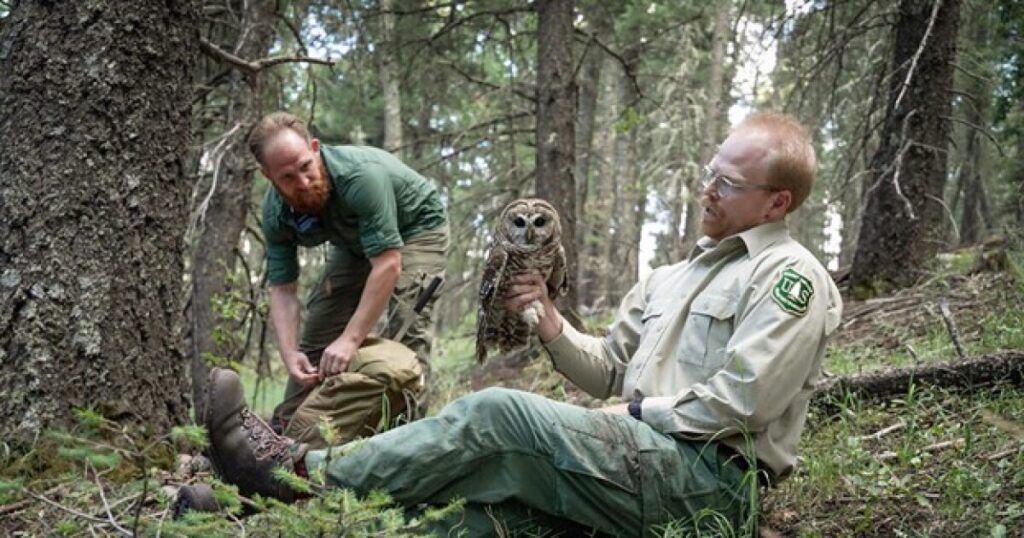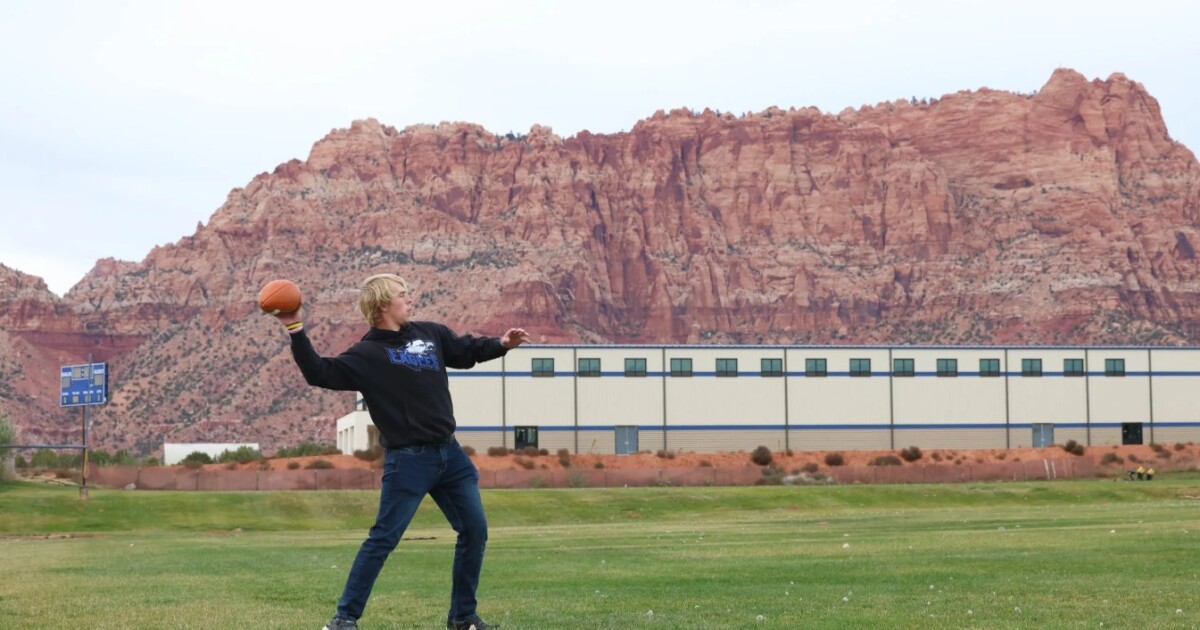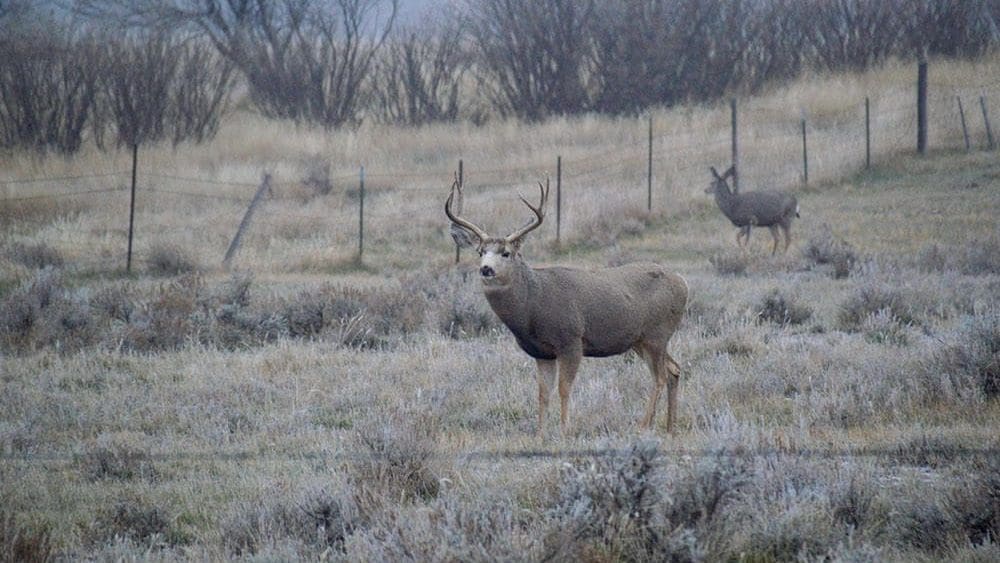Adaptive Habitats Amid Forest Changes in Western North America
In the woodlands of western North America, rapid transformations are underway. The landscape is being reshaped by intensifying wildfires, the spread of diseases, and ongoing drought conditions. This dynamic environment is creating a complex tapestry of trees, meadows, and ancient forests, challenging the resident species to adapt.
Among these species, the Mexican Spotted Owl, a threatened emblem of the region, is feeling the effects of these habitat shifts. As part of a research initiative in southern New Mexico, scientists captured three owls over the course of 2023 and 2024. Using GPS units attached to their tails, researchers tracked the owls’ nocturnal feeding patterns during the summer months.
The study revealed that each owl demonstrated unique responses to previous forest disturbances. One owl gravitated towards areas that had undergone thinning for fire prevention, while another showed a preference for a combination of burned and untouched forest. The third owl found its habitat in a small section of trees killed by insects. These behaviors indicate that Mexican spotted owls are exploiting the evolving forest conditions in varying ways.
Historically, frequent wildfires played a crucial role in shaping owl habitats, fostering a diverse mosaic of trees with varying ages and structures. However, with the suppression of fires across much of the southwest, this diversity largely vanished.
While many wildlife species suffer from severe disturbances, the findings suggest that the future of the Mexican spotted owls might hinge less on eliminating disturbances and more on providing them with diverse landscapes. Such diversity could result from natural phenomena like fires and insects or through deliberate forest management.
This Earth Note was written by Danika Thiele and produced by KNAU and the Sustainable Communities Program at Northern Arizona University.
—
Read More Arizona News










